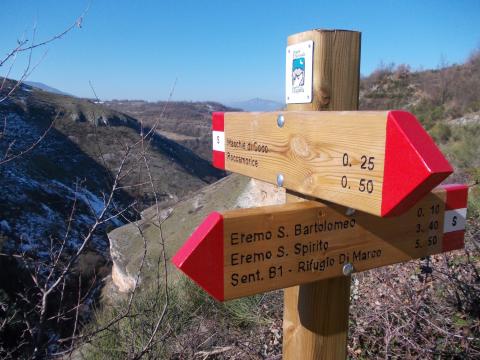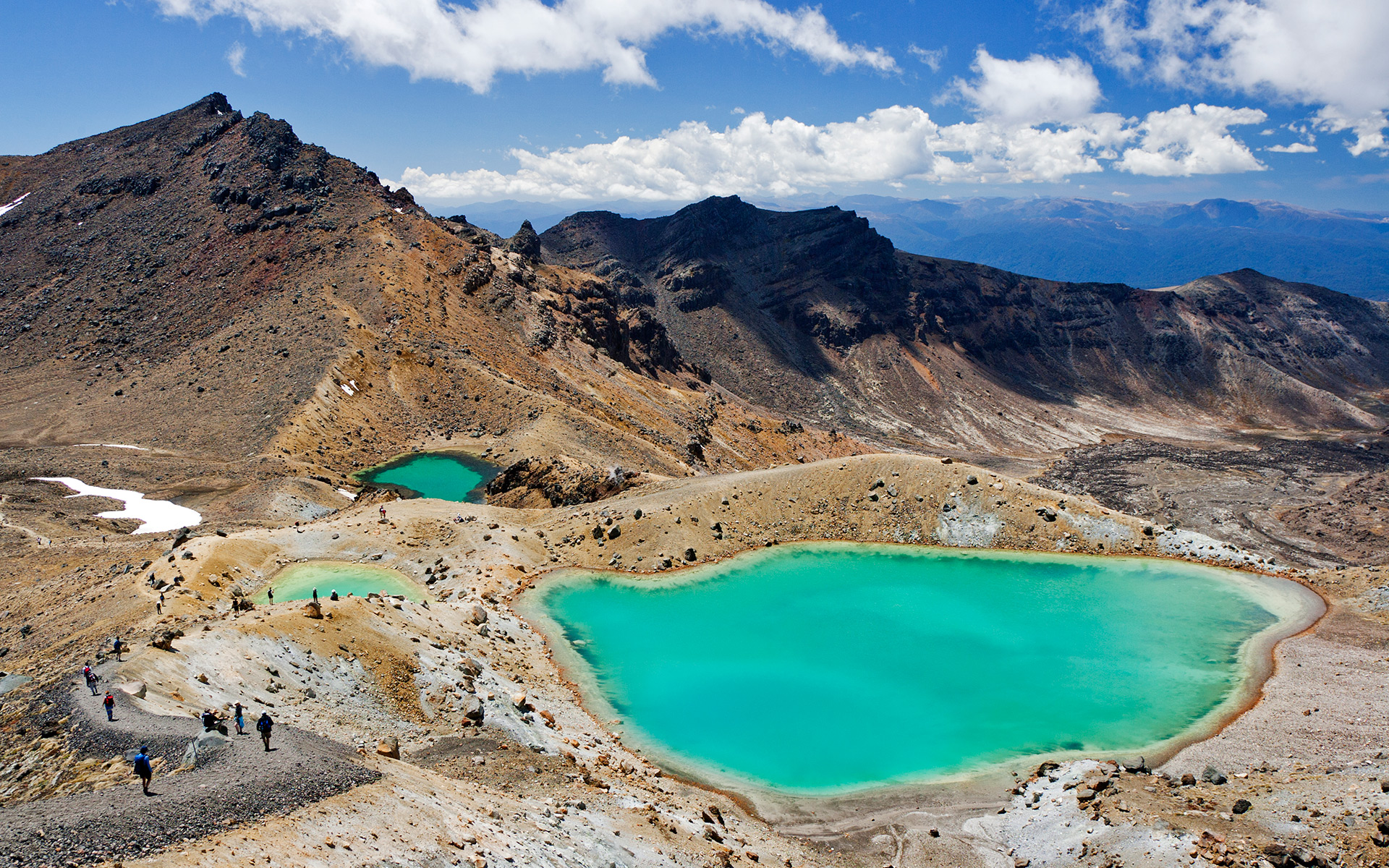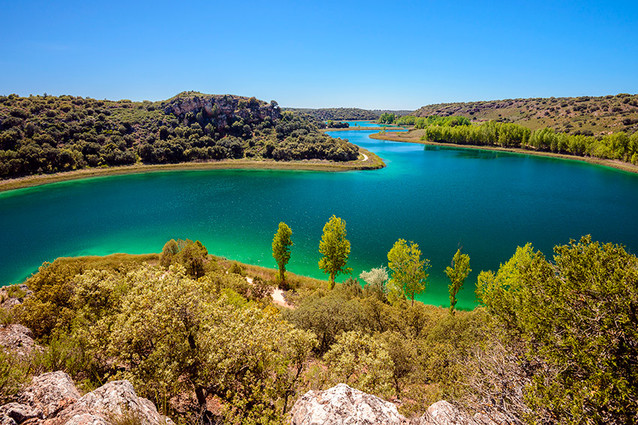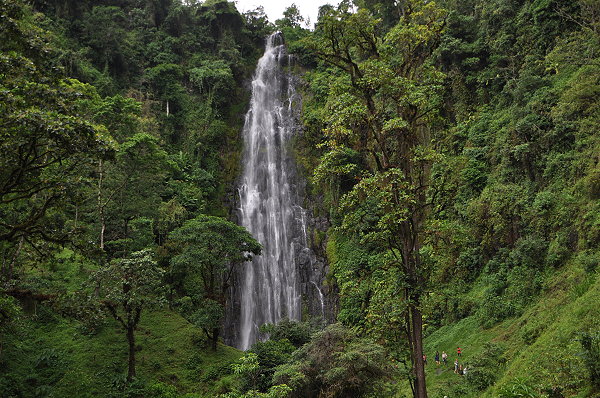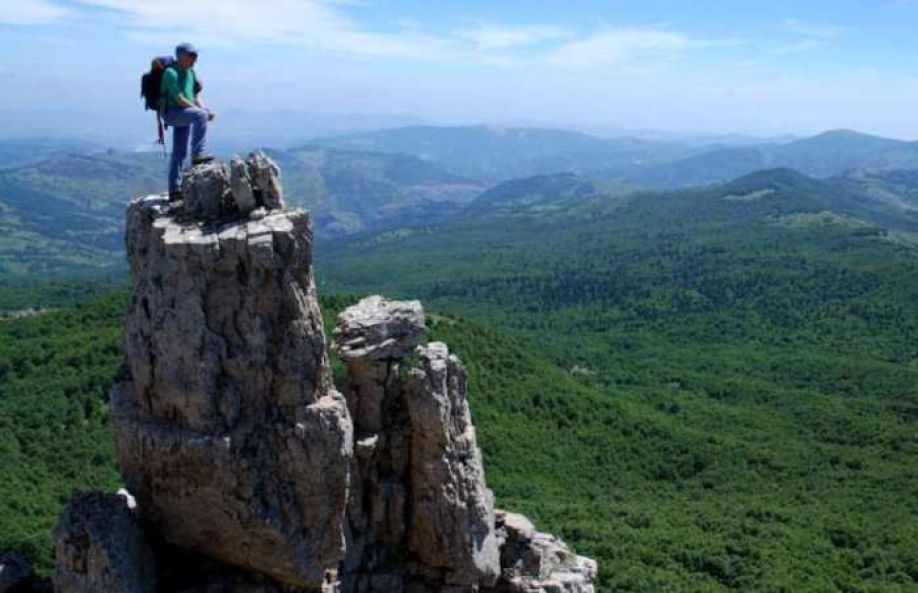The hermitage consists of a chapel and two rock-cut rooms intended for hermits. Access can be via four different staircases, also carved into the rock. The one to the north has 30 steps, while the one to the south is longer and more irregular. There are then two staircases in the center of the balcony, one of which is called the Holy Staircase. Along the balcony is a basin for collecting rainwater.
robably the hermitage has very ancient origins, predating the year 1000. Around 1250 Pietro da Morrone, future Pope Celestine V, rebuilt it, using it often. The frescoes above the entrance portal would date from this period.
The façade of the church has traces of frescoes that have been severely damaged by the weather and inscriptions that have scratched the surface. The portal of the church consists of a simple stone lintel.
The interior of the church is rectangular, with a length of 7.70 m and a minimum width of 3 m and a maximum width of 4 m. Lighting is provided by a French door, while a second window has been converted into a semicircular niche.
The altar niche houses a wooden statue of St. Bartholomew depicted with a knife, since he suffered the martyrdom of flaying. The statue is carried in procession by the faithful on August 25 after going down to the Capo la Vena stream to bathe according to a very ancient ritual, and then carrying the effigy of the saint to the village church, where it remains until September 9.
